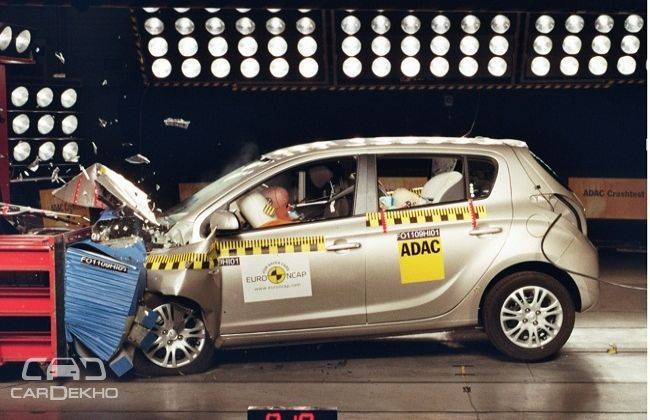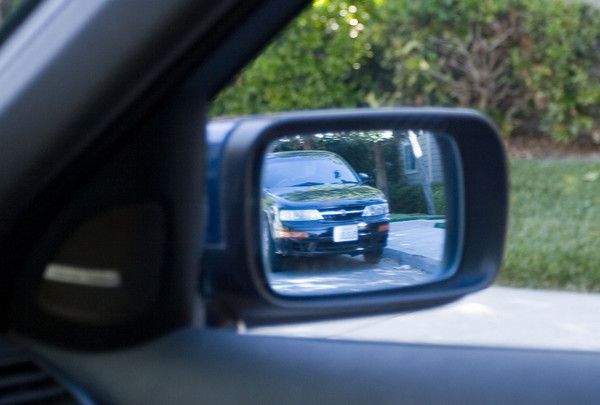Why is crash safety important?
Modified On Mar 27, 2015 12:19 PM By Abhijeet
- 2.2K Views
- Write a comment
When you prepare your mind for buying a new car, there are several parameters that make you ponder upon choosing the best option. You set a budget and then look for the most relevant choices offered by automobile manufacturers. Wading through car brochures, manufacturers claim superior engine technologies, several creature comforts inside the cabin, high fuel efficiency, loads of boot space, blah, blah, blah... But how many of us actually look for vehicle crash safety.

And I am not merely talking about ABS or Traction Control, crash safety comes when the vehicle unfortunately crashes into an object. Sure safety features will try their best to avoid a collision, but inevitably the possibility of an accident cannot be overlooked.
As basic as it gets
Front Impact test: Global NCAP stimulates this test to judge a car’s safety when it collides head-on with a stationary barrier. The speed of the vehicle crashing is 64kmph. The ECE Reg 94 states the speed to be 56kmph, but it is kept at 64kmph as most crashes occur at those speeds. The crash is offset to 40 percent of the car, considering most crashes happen in this configuration.

Side Impact test: For the side impact test, a trolley crashes into a vehicle from the side just above the door sill area. The speed of the trolley is set at 50kmph that stimulates being sideswiped by a vehicle.

The tests display the strengths of the passenger shell on the car, and the safety provided by features like airbag, inertia reel seatbelts. UN Safety Regulations include parameters like steering mechanism, seat belt anchorages, safety belts and restraint systems, strength of seats, their anchorages and any head restraints, interior fittings, external projections, child restraint systems, occupant protection in frontal collision, occupant protection in lateral collision, head restraints, electronic stability control and pedestrian protection.

The developed nations are already sitting on higher standards of car safety, but emerging markets are still behind by a huge margin. India is the 6th largest car manufacturing hub on the planet, but we still have archaic car safety norms. And funny enough, the cars that get manufactured and exported out of the country do have enough safety to pass global standards. Everybody is to be blamed here. Automobile manufacturers need to teach their consumers the advantages of having safety equipment in a car. Sure this means car prices go higher, and that too when sales are extremely slow, but safety is not supposed to be compromised. India is attracting many or nearly every international manufacturer for selling cars. The Government needs to set newer and stricter safety norms for the industry so that every product off the shelf becomes safer for human occupants.

And then it’s on you, me, the end consumer who has to realise that spending more on safety features is something we are ready to trade against creature comforts. The bottom-line is that cars can do without keyless entry and automatic climate control, but must not compromise on ABS, TCS and 2 basic airbags at the front at least. And consider this, a Volkswagen Polo with no airbags scored 0 star ratings, whereas the same car with driver and co-passenger was able to manage a 4 star rating in the same front collision test. Notice the speeds at which the Global NCAP tests are being performed. 64kmph is something which everybody driving does very regularly. Today, while driving your children to the school, or your office, or to the grocery store, take a peek at your speedometer, chances are you are doing somewhere around 60kmph!
0 out of 0 found this helpful












